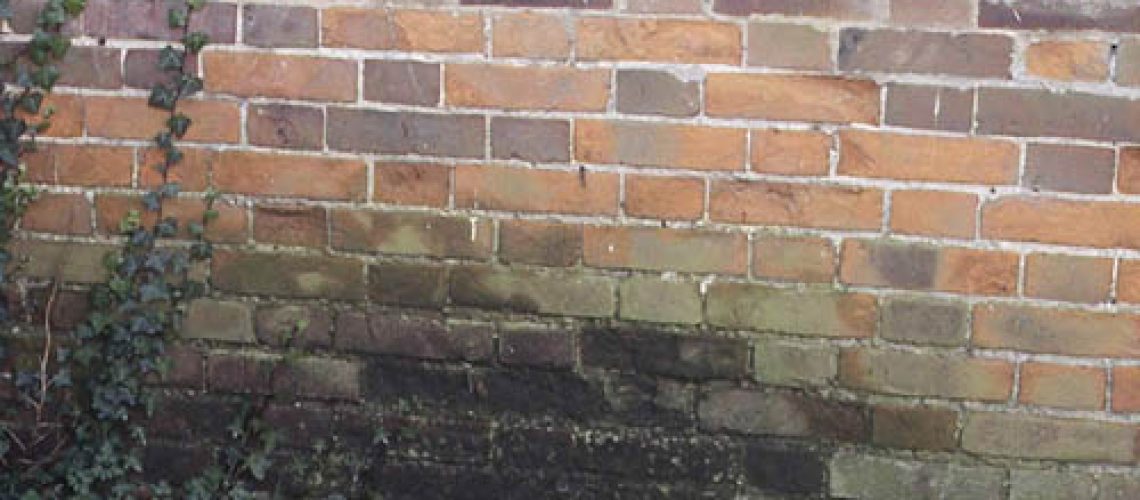
Find out more about our products by giving us a call
0333 987 4452
0333 987 4452
Tuscan Foundry Products, Tyn-Y-Clyn, Llanafan Fawr, Builth Wells, Powys LD2 3LU, United Kingdom
© Tuscan Foundry Products 2022


Most forms of deterioration that affect old buildings in the United Kingdom are attributable to the presence of excessive moisture. Dampness promotes timber decay, the corrosion of metals and even structural collapse. It mobilises soluble salts that harm masonry and increases frost damage. Damp fabric also reduces thermal efficiency. Dampness inside buildings spoils plasterwork, decorations and furniture, and creates conditions that are uncomfortable or harmful to the health of occupants.
This Technical Advice Note explains the nature and causes of dampness together with its diagnosis, control and prevention in buildings predating cl 919. Despite dampness problems being commonplace, their cause is frequently misdiagnosed and ineffective remediation undertaken. Unnecessary treatments are often carried out, including the insertion of damp-proof membranes to create barriers to moisture.
Action to address basic maintenance or lifestyle issues is usually more appropriate, as well as measures that respect the need for old buildings to ‘breathe:
Sales & Customer Services:
0333 987 4452
Tyn-Y-Clyn
Llanafarn Fawr
Builth Wells
Powys LD2 3LU
United Kingdom

Tuscan Foundry Products, Tyn-Y-Clyn, Llanafan Fawr, Builth Wells, Powys LD2 3LU, United Kingdom
© Tuscan Foundry Products 2022